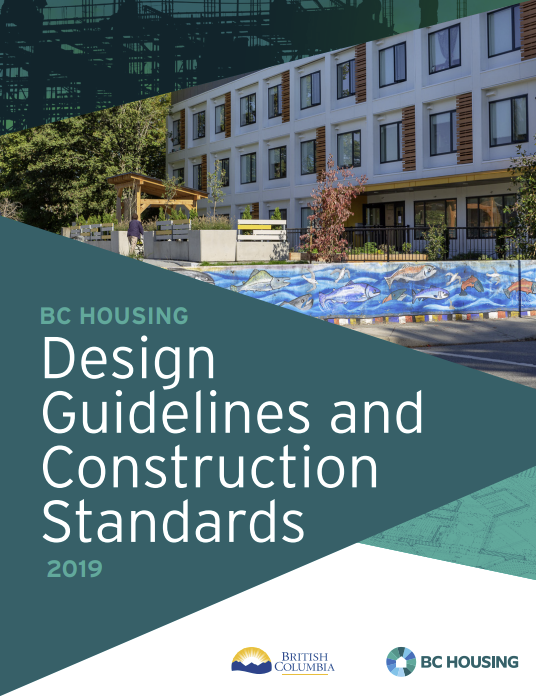The purpose of ICES Municipal Policy Toolkit is to provide municipal and provincial staff members, councils and policymakers in Ontario and elsewhere with the resources they need to achieve an ICES action in their community.
It is hoped that this toolkit will help advance the wide-scale implementation of ICES, which in turn will reduce greenhouse gas emissions and increase energy efficiency across a variety of sectors and improve livability and quality of life in communities.






